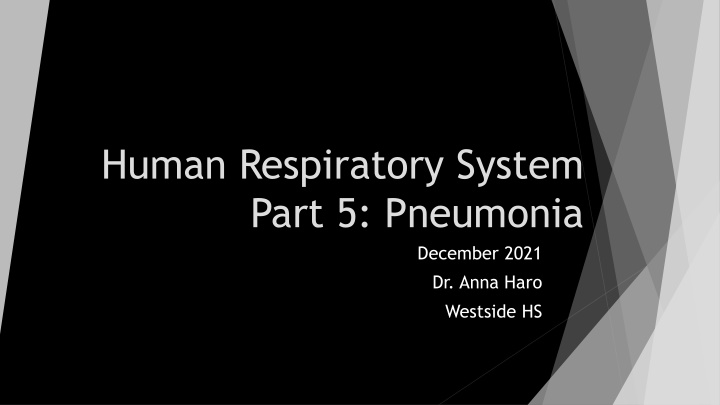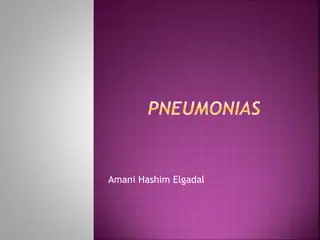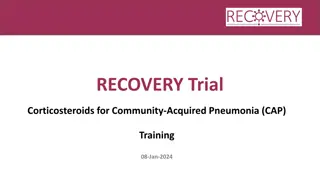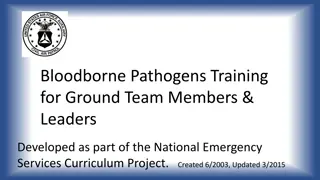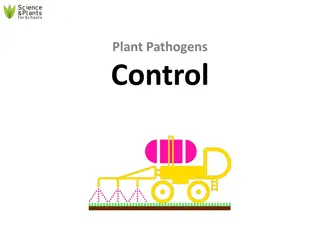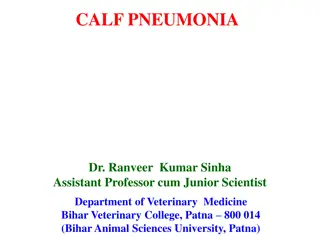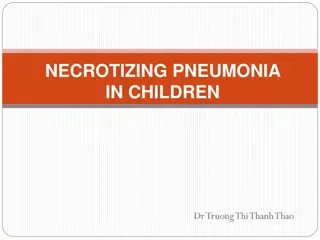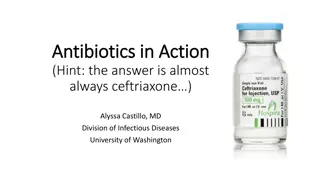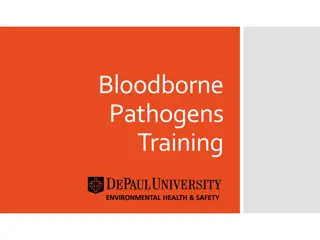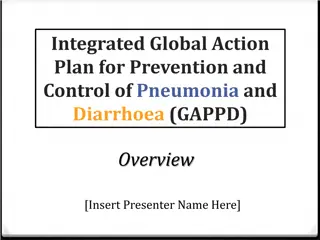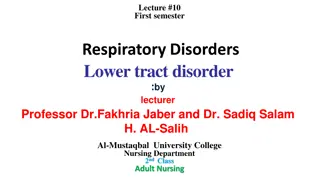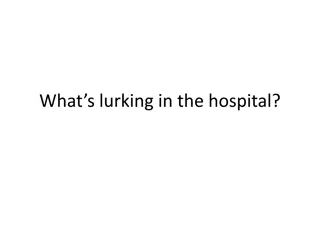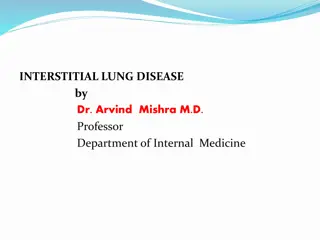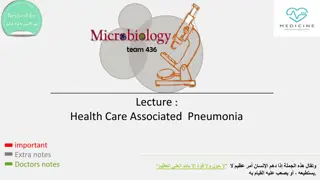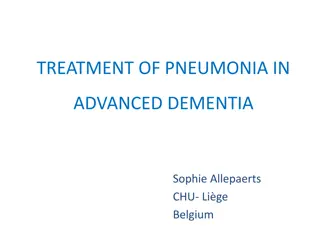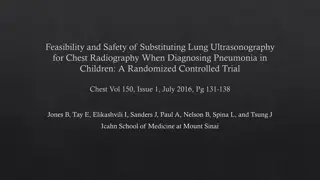Understanding Pneumonia: Causes, Symptoms & Pathogens
Pneumonia is a serious respiratory infection affecting the lungs. Learn about community-acquired pneumonia (CAP) and hospital-acquired pneumonia (HAP), their risk factors, common pathogens, symptoms, and more in this informative content. Discover how pneumonia can be vaccine preventable and the importance of distinguishing between CAP and HAP for appropriate treatment.
Download Presentation

Please find below an Image/Link to download the presentation.
The content on the website is provided AS IS for your information and personal use only. It may not be sold, licensed, or shared on other websites without obtaining consent from the author.If you encounter any issues during the download, it is possible that the publisher has removed the file from their server.
You are allowed to download the files provided on this website for personal or commercial use, subject to the condition that they are used lawfully. All files are the property of their respective owners.
The content on the website is provided AS IS for your information and personal use only. It may not be sold, licensed, or shared on other websites without obtaining consent from the author.
E N D
Presentation Transcript
Human Respiratory System Part 5: Pneumonia December 2021 Dr. Anna Haro Westside HS
LEARNING Objectives TEKS: 130.231.(c)(1)(A, & B) and 130.231.(c)(2)(A, B, C, F, & G) & (3)(B) Students will compare CAP and HAP. Students will apply knowledge of human and cellular biology. Students will develop new knowledge and skills related to pneumonia Students will evaluate sx, Risk factors, dx, and pathophysiology of pneumonia.
Objetivos de aprendizaje TEKS: 130.231.(c)(1)(A, & B) and 130.231.(c)(2)(A, B, C, F, & G) & (3)(B) . Los estudiantes comparar n la CAP y HAP. Los estudiantes aplicar n conocimientos de biolog a humana y celular. Los estudiantes desarrollar n nuevos conocimientos y habilidades relacionados con la neumon a. Los estudiantes evaluar n sx, factores de riesgo, dx y fisiopatolog a de la neumon a.
Pneumonia CAP and HAP CAP = community-acquired pneumonia HAP = hospital-acquired pneumonia HAP is sometimes referred to as healthcare acquired pneumonia, and VAP (or ventilator-associated pneumonia) is a type of HAP Where does the patient get CAP? Risk factors for hospital-acquired pneumonia (HAP) include mechanical ventilation for > 48 h, residence in an ICU, longer duration of ICU or hospital stay, severity of underlying illness, and presence of comorbidities. Define what is a comorbidity? Why does it matter if the pt has CAP or HAP?
Pathogens of PNA CAP Common pathogens: Streptococcus pneumoniae and Mycoplasma pneumoniae (both gram positive bacteria) HAP common pathogens: Staphylococcus aureus (including methicillin-resistant Staphylococcus aureus [MRSA]) Gram-negative bacteria such as Pseudomonas aeruginosa and Haemophilus influenzae. Other gram-negative intestinal bacteria can infect the lungs how? Fungal infections, such as Aspergillosis Viral infections, including COVID-19. In peds populations, viral pathogens are the most common including RSV, adenovirus, and parainfluenza Are any of these infections vaccine preventable?
Pneumonia SX Regional: Coughing SOB Chest pain, specifically, sharp or pressing pain Systemic: chills, fever, body aches (malaise), headache, nausea
Human Respiratory System Image from: https://www.h owtorelief.com /respiratory- system-parts- function/ Where and what are the structures in the lower respiratory tract infected during PNA?
PNA DX Chest x-ray. The infiltrates in the lung appear fuzzy on the scan. PNA is obvious in most cases. Aspergillosis is the most distinct on x-ray. It s named by its location, ie. Lower left lobe, right middle lobe or it could be bi-lobular, tri-lobular, full lung, etc. Occasionally, further testing using the fluid aspirate is needed (fluid sample from lungs is aspirated to view the pathogens under the microscope to ID)
What are your questions about the respiratory system? Please ask, email, use Remind, or TEAMS. Remember the HON-code? https://www.hon.ch/HONcode/. Even if you cannot find the HON-code stamp, please use the principles of website evaluation. Authority, confidentiality, complementary, attribution, justification, transparency, financial disclosure, and advertising policy (HON-code, 2019).
References https://www.howtorelief.com/respiratory-system- parts-function/ Shier D, Butler J, Lewis R. Hole s Human Anatomy and Physiology, 9th edition. 2003. https://study.com/academy/lesson/alveolar-ducts- function-definition.html DiPiro, J. (2005). Pharmacotherapy: A pathophysiological approach (6th ed.). McGraw Hill.
